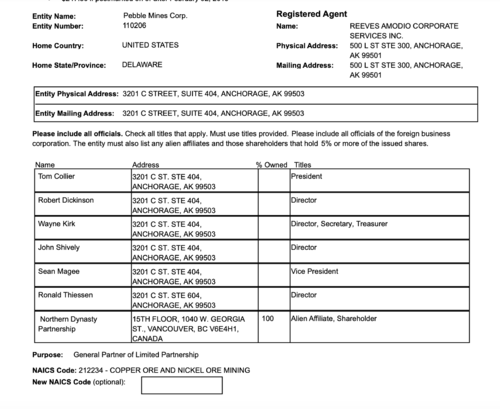The material isn't toxic waste at all. And it only becomes problematic if it isnt mitigated properly. Are you aware of pebbles mitigation plans?I think you're missing the crux of my opinion. Successful operation of the mine may not negatively impact salmon runs, but there's no guarantee that things will run smoothly. You're talking about storing tremendous amounts of toxic material behind earthen dams in an active earthquake zone, just to name one risk. The fact is, things have a way of going wrong and there's a long, long history of copper mines polluting the water around them. I'm saying that for me, even the (perhaps) small chance of something going wrong is an unacceptable amount of risk given how precious the resource is. And "a few decades" is a the blink of an eye compared to how long salmon can be a vital resource for the people there (not that salmon are the only thing at risk).
You mention historic problems with mines, but are you well versed on current technology?







